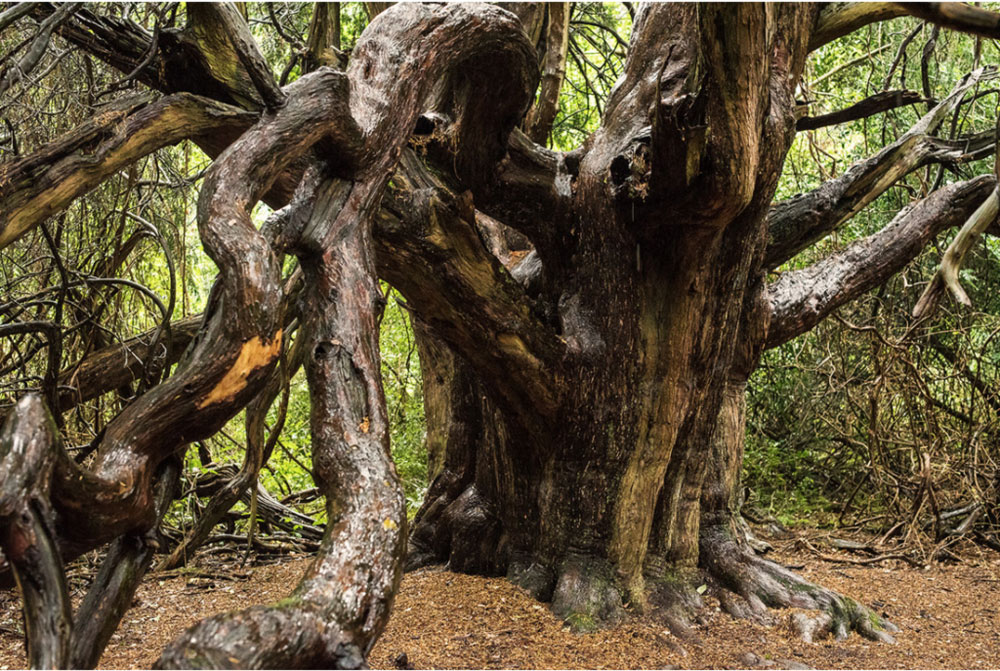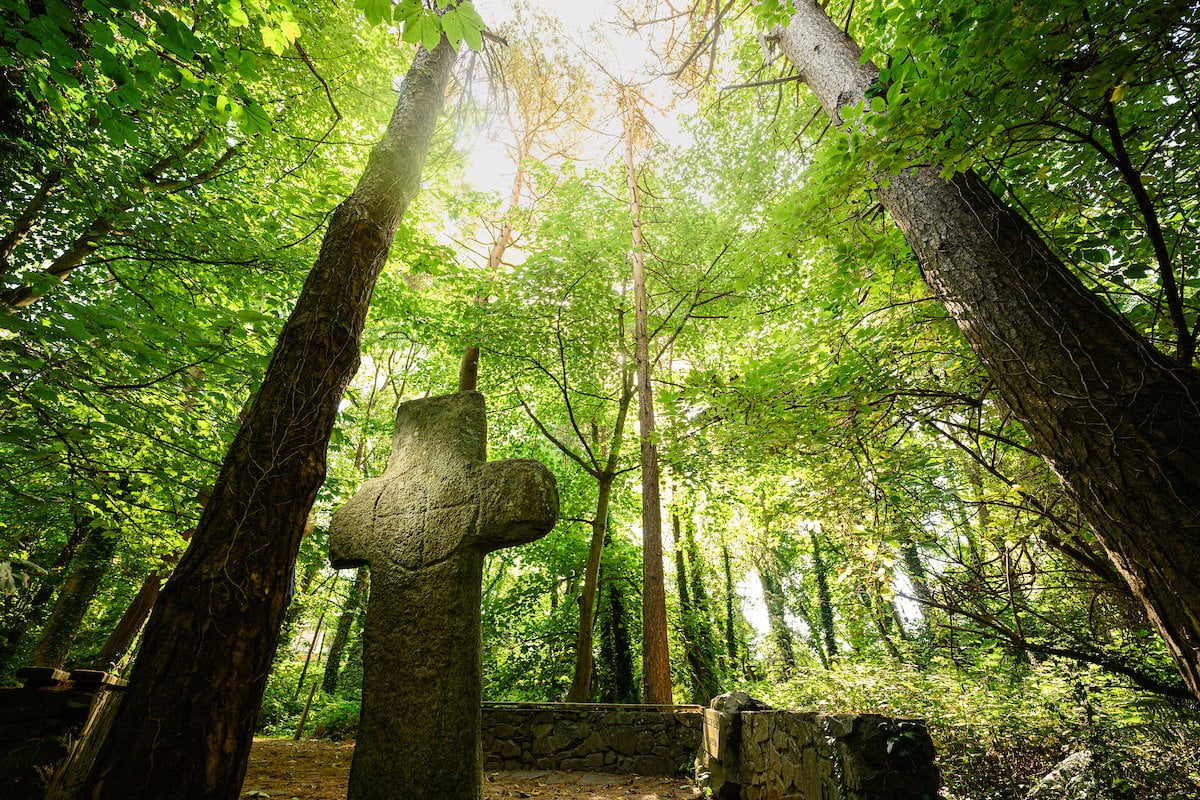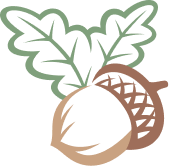The Bile Trees of Ancient Ireland
The worship of trees is nothing new in Ireland. The first visitors to this little island found a wild Rainforest teeming with ancient trees. These same trees provided everything they could possibly need and so it made sense that they would become honoured and worshipped in gratitude.
The Bile Trees
The Bile Trees of Ireland Age Ireland were sacred trees, unique to each tribe. Under the canopy of this large tree, the tribe would gather for rituals, ceremonies, war and peace treaties, to swear oaths and recognise the passing of key moments for the Tribe. A silent witness to the history of the Tribe if you will.


These trees sometimes solitary and sometimes in Groves were often attacked by rival clans. To destroy a Sacred Tree belonging to a rival tribe was a powerful mesage to send to your enemies.
But there were also 5 particularly important Bile Trees. One for each of the provinces of Ireland. and here in Leinster, ours was a towering Yew that was said to be over 5000 years old! It grew by the River Barrow in Leighlinbridge and was known as the Eo Rossa.
The Eo Rossa or Eó Ruis (Yew of Ross) It is said that it grew from three natured berries from a branch born by the Irish God, Trefuilngid Tre-ochair (Triple Bearer of the Triple Key, Master of All Wisdom and consort of Macha, the triple goddess).
The God appeared as a giant to an assembly at Tara which was gathered by King Conaing Begeglach. He came from the West carrying the branch on which were nuts, apples and acorns. The Giant explained that he had originally come from where the Sun rose in the East and had travelled to where it set in West as he was investigating why it had stood still for a day.
He was on his way back from the West when he had came across the gathering. He took his branch and shook it, letting the fruit fall and be collected by some of those attending. Seeds taken from this fallen fruit were planted throughout Ireland creating Eo Rossa and four more sacred trees.


Yews were regarded by the Irish as symbols of life and death and these sacred trees were said to be important meeting sites for tribes and may have even been where their kings were inaugurated.
The Eo Rossa was felled in the seventh century and St Molaisse distributed the wood amongst the Irish Saints, and so began the deconie of Pagan Ireland. Some of the limbs were given to St Moling and used in the construction of his oratory’s roof at St Mullins Cathedral. Sadly this also marks the time when we stopped worshipping the natural world and instead, moved indoors and away from anything wild!
There is a wonderful old riddle that refers to the Bile Trees. The riddle asked; Which are the two trees whose who’s green tops do not fade until they become withered? The answer being the Fidh-Sidheang and the Eo Rossa, the two Bile Yew Trees
The other four sacred trees were the;
- Eó Mugna (Yew of Munga) or Craebh Mughna from Bealach Mughna in Magh Ailbhe, County Kildare.
- Craebh Daithi (Dathi’s Branch) (ash) from Ferbil (Farbill), County Meath.
- Craebh Uisnigh or Bile Uisneg (Bile Uisneg)(ash) on the hill Uisnech, Usnagh, County Meath
- Tortu (Bile Tortan) (ash) from Magh Tortan, Ardbreacan, County Meath.
Depending on who tells you the story, the remaining Bile Trees of Ireland were either cut down by Pagans to prevent the Christians from using them or cut down by Christians and used to build churches.
One story even tells of a terrible wind that spet across the land removing the trees and bringing a new religion from the East.
Whatever it was that happened the Bile trees of Ireland are now long gone, but perhaps in this time of climate crisis and scattered communities, its time to bring them back?



